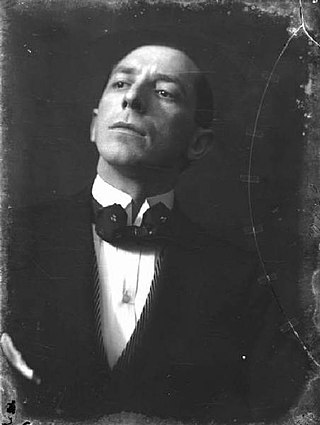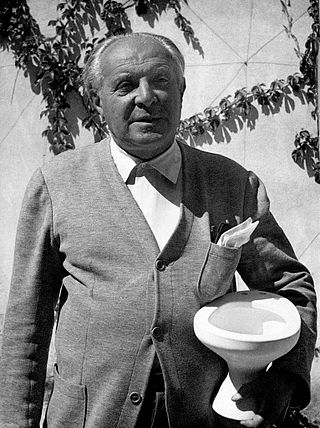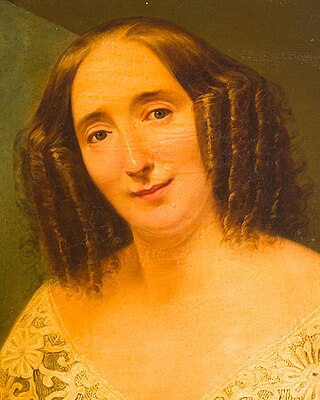
Futurism was an artistic and social movement that originated in Italy, and to a lesser extent in other countries, in the early 20th century. It emphasized dynamism, speed, technology, youth, violence, and objects such as the car, the airplane, and the industrial city. Its key figures included Italian artists Filippo Tommaso Marinetti, Umberto Boccioni, Carlo Carrà, Fortunato Depero, Gino Severini, Giacomo Balla, and Luigi Russolo. Italian Futurism glorified modernity and, according to its doctrine, "aimed to liberate Italy from the weight of its past." Important Futurist works included Marinetti's 1909 Manifesto of Futurism, Boccioni's 1913 sculpture Unique Forms of Continuity in Space, Balla's 1913–1914 painting Abstract Speed + Sound, and Russolo's The Art of Noises (1913).

Umberto Boccioni was an influential Italian painter and sculptor. He helped shape the revolutionary aesthetic of the Futurism movement as one of its principal figures. Despite his short life, his approach to the dynamism of form and the deconstruction of solid mass guided artists long after his death. His works are held by many public art museums, and in 1988 the Metropolitan Museum of Art in New York City organized a major retrospective of 100 pieces.

Gino Severini was an Italian painter and a leading member of the Futurist movement. For much of his life he divided his time between Paris and Rome. He was associated with neo-classicism and the "return to order" in the decade after the First World War. During his career he worked in a variety of media, including mosaic and fresco. He showed his work at major exhibitions, including the Rome Quadrennial, and won art prizes from major institutions.

Massimo Campigli was an Italian painter and journalist.

Giovanni "Gio" Ponti was an Italian architect, industrial designer, furniture designer, artist, teacher, writer and publisher.

Ardengo Soffici was an Italian writer, painter, poet, sculptor and intellectual.

Francesco Menzio was an Italian painter.

The Street Enters the House is a 1912 oil-on-canvas painting by Italian artist Umberto Boccioni. Painted in the Futurist style, the work centres on a woman on a balcony in front of a busy street, with the sounds of the activity below portrayed as a riot of shapes and colours.

Antonietta Raphaël was an Italian sculptor and painter of Jewish heritage and Lithuanian birth, who founded the Scuola Romana movement together with her husband Mario Mafai. She was an artist characterised by a profound anti-academic conviction, also affirmed by her sculptures which, especially after World War II, dominated her output. They highlighted the tender and vibrant carnality present in stone, with works such as Miriam dormiente and Nemesis.

Fulvia Bisi (1818–1911) was an Italian landscape painter.

Emilio Sommariva was an Italian painter and photographer.

Ernesto Bazzaro was an Italian sculptor.

Raffaele De Grada was an Italian painter.

Guido Farina (1896–1957) was an Italian painter.

Luigi Premazzi, also russified as Ludwig Osipovich Premazzi was an Italian painter, mainly of watercolor vedute.

The art collections of Fondazione Cariplo are a gallery of artworks with a significant historical and artistic value owned by Fondazione Cariplo in Italy. It consists of 767 paintings, 116 sculptures, 51 objects and furnishings dating from the first century AD to the second half of the twentieth.

Giuseppe Amisani was an Italian portrait painter of the Belle Époque.

Luigi Marchesi was an Italian painter who specialized in architectural and interior scenes.

Dino Lanaro was an Italian painter of the Corrente de Vita movement started in Milan as a counterpoint to nationalistic Futurism and the Novecento Italiano movements. He often painted bright landscapes with houses.

Camilla Guiscardi Gandolfi was an Italian painter.





















